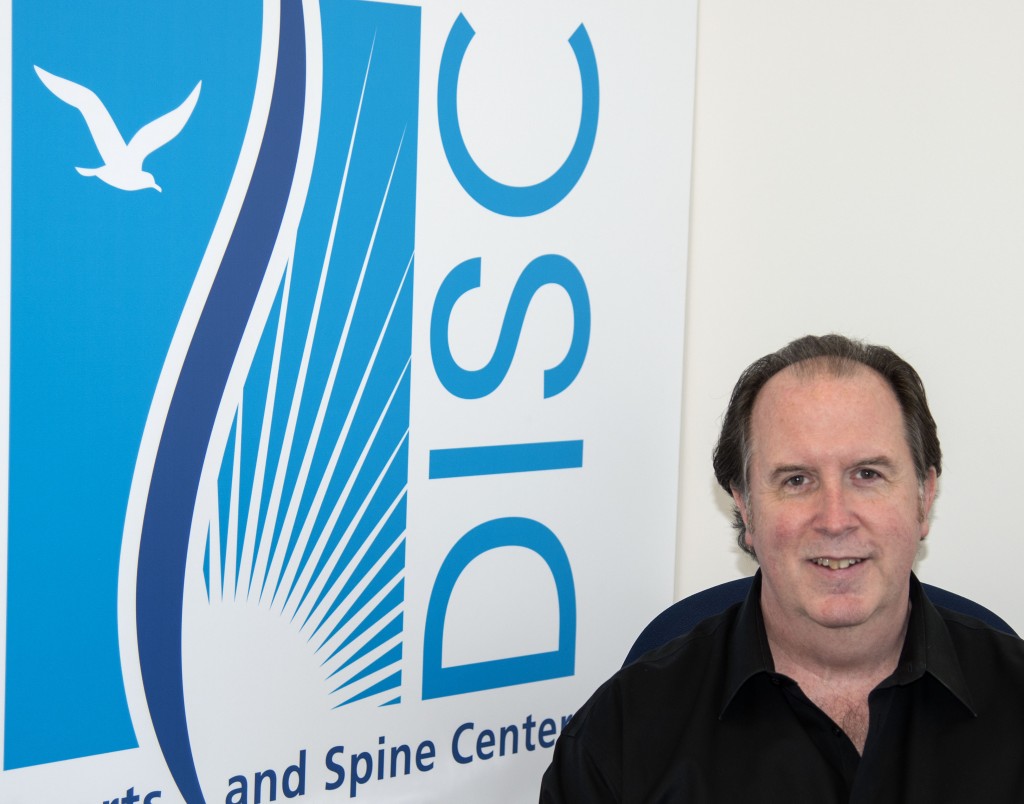A bump on the head during a sports game can cause serious consequences.
Concussions – and the resulting pain and health problems – have been hot topics in recent years, even more so following the suicide of former San Diego Chargers linebacker Junior Seau last May.
Seau’s family recently sued the NFL, arguing that his death was a “direct and proximate result of having suffered multiple past traumatic brain injuries while playing professional football.”
President Barack Obama even joined the discussion recently in an interview that aired before the Super Bowl this year. Obama noted that although the NFL players are grown men and are well compensated, the risks are still there for the youth that play the game.
“It is a great sport, I am a huge fan, but there is no doubt that some of the concerns that we’ve learned about, when it comes to concussions, have to give parents pause,” the President said.
And now a local medical center is joining the discussion.
Concussions in youth sports are just one of the topics covered in “Coaches and Captains Sports Medicine Series,” a new free lecture series presented by DISC Sports & Spine Center in Newport Beach, that kicks off next week.

Other topics in the series include, improving the 40-yard dash, shoulder injuries in overhead athletes, surprising symptoms of back injuries, ACL injuries in athletes, and preventing dehydration.
They will be moderated by sports medicine specialist Dr. Joseph Horrigan
The first lecture, regarding concussions, is scheduled for Thursday and will feature the Oakland Raiders team physician, Dr. Frederic Nicola.
Next week’s lecture was chosen because of the interest in the long term effects, comparison of concussion rates of males and females in certain sports, reported and unreported incidents, and how concussions impact a young athlete’s developing brain.
Younger athletes are also susceptible to second impact syndrome, Horrigan said, which occurs when the head gets hit a second time before the brain is able to heal from the first blow. This rare, but potentially fatal hit can come minutes or weeks after the first hit. When this injury does occur, it is usually on athletes younger than 20-yeas-old, Horrigan explained.
They are also very interested in the concussion rates for soccer players, and again, boys versus girls. The concussion rate for girls is much higher for this particular sport than it is for boys, Horrigan said. This is due to girls’ narrower neck diameter and weaker muscular strength, which causes their heads to snap faster and their brains to shake harder, he explained. This is true for girls’ basketball as well, he added.
Studies have also shown that the brain needs physical and cognitive rest, Horrigan said.
This will all be discussed at next week‘s lecture.
The other topics were chosen for various reasons.
“There are certain injuries we see in sports over and over again,” Horrigan said, including torn ACLs, shoulder injuries, and even back problems.
The lecture series will explore the biomechanics of injuries and their prevention.
Even if one athlete from one sport per school had one less injury a year, it’s worth it, he said.
Ryan Schachter, head coach for varsity boys’ basketball at Corona del Mar High School, said the most common injury he sees on the court are sprained ankles, but recently he has seen more injuries.
There are a lot of possible reasons, Schachter speculated, including that kids often aren’t playing multiple sports like previous generations, they don’t go outside as much, and they spend a lot of time sitting at the computer or playing video games.
All of these possibilities would weaken their core strength, he explained, and they would be less prepared for the rigors of sports and are more likely to be injured.
“We shouldn’t have 15-year-olds complaining of back pain,” Horrigan said.
The bone is still immature and large loads and too much movement during sports can develop stress fractures, Horrigan explained.
These kinds of injuries are common in volleyball or basketball, he added.
Although they have a trainer on staff, coaches are also taught on how to deal with injuries, like concussions, and make sure they get properly evaluated.
“It’s absolutely important that others (coaches and team staff) know how to handle (injuries),” Schachter said, especially since the team has a lot more practice time than game time, and therefore injuries are likely to occur during practice when a trainer might not be there.
“It’s imperative that coaches are trained,” he said, but also know their limits in what they can and can’t treat.
Not only in standard injuries and how to take precautions, he said, but coaches also get CPR certified every year and take a first aid course every other year.
Same training goes for Newport Harbor High School, said Newport Harbor High School varsity boys‘ basketball coach, Bob Torribio.
“We have all taken concussion courses and coaching courses through the National Association of Coaches,” he wrote in an email.
“There is definitely more of an awareness on the coaches behalf,” said Schachter, who has been coaching for about 16 years, and injuries are treated more carefully than they used to be.
Schachter has seen a lot of injuries too, including bloody faces, knocked out teeth, concussions, sprained ankles, back injuries and more.
Of course, when it comes right down to it, common sense is key.
“These things happen… It comes with the territory of being a coach,” he said.
“The student athletes well being is the most important thing to our coaching staff,” Torribio added.
In the end, it’s all about the kids.
“The more that coaches learn about injuries and what precautions to take,” Schachter said, “that’s what’s best for the kids.”
Space is limited and RSVP is required. Visit discmdgroup.com/sports-seminar for more information and a full schedule. Video podcasts, Q&As and condensed presentations from the lectures will also be available online after the lectures.




